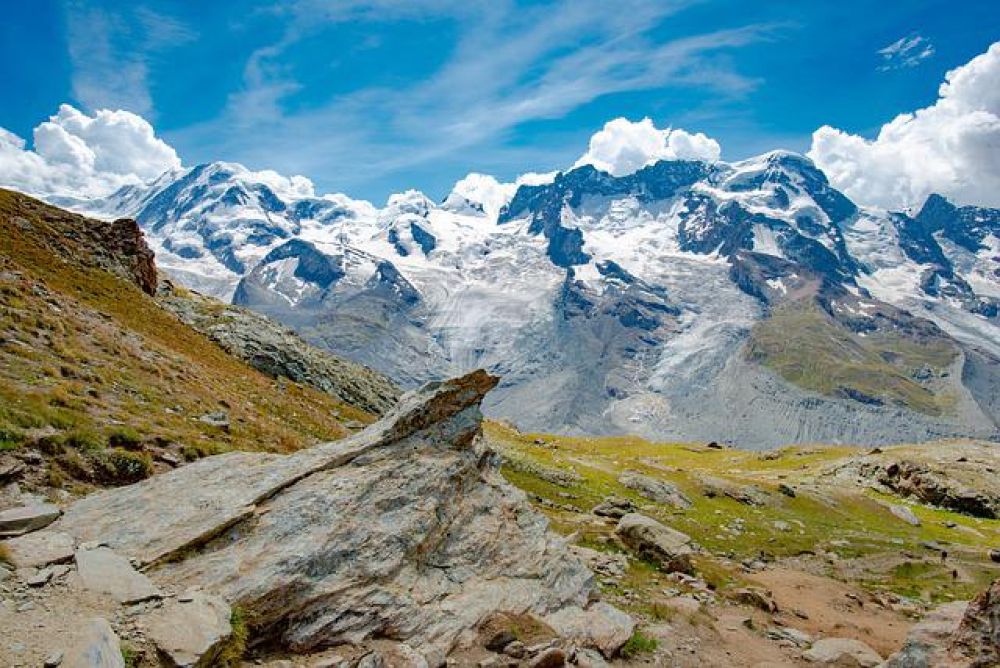

Located in the heart of the Himalayas, in the charming Pithoragarh district of Uttarakhand, India, Dharchula is a quaint town that is rapidly growing as a destination for adventure and cultural tourism. Nestled on the banks of the Kali River, which forms the border between India and Nepal, Dharchula presents a unique blend of natural beauty and cultural diversity.
In its early days, Dharchula was not widely known as a tourist destination. It was renowned more for its strategic location along ancient trade routes between India and Tibet. However, the town's magnificent landscapes, composed of verdant valleys, snow-clad peaks, and pristine rivers, eventually caught the attention of intrepid travelers and pilgrims making their way to Kailash Mansarovar, leading to the humble beginnings of tourism in the area.
The tourism industry in Dharchula started to flourish with the development of infrastructural facilities, such as better roads and lodging options. The establishment of the Pithoragarh-Dharchula highway made the town more accessible, inviting more visitors to explore its untouched beauty and delve into its rich cultural tapestry.
A significant landmark that boosted Dharchula's prominence as a tourist attraction is the Indo-Nepal suspension bridge over the Kali River. This bridge not only serves as a vital link between the two countries for locals but has become an iconic spot for tourists seeking to experience the thrill of standing between two nations.
With the growing trend of adventure tourism, Dharchula has risen to the occasion by offering a variety of activities such as trekking, mountaineering, and river rafting. The town serves as a gateway to several high-altitude treks, including the trails leading to the Om Parvat and the Adi Kailash trek, which is an alternative pilgrimage for those who are unable to travel to Mount Kailash in Tibet.
Beyond adventure, Dharchula is also known for its rich cultural heritage. The town hosts a mix of Rung, Kumaoni, and Nepali communities, providing tourists a chance to engage with a melting pot of traditions and lifestyles that define this region. The annual Jauljibi Fair, which takes place at the confluence of the Gori and Kali rivers, showcases the vibrant culture of the Himalayan people, enhancing the tourism experience.
In recent years, Ecotourism has gained popularity in Dharchula, with a focus on sustainability and preserving the natural environment. Visitors are encouraged to respect the delicate Himalayan ecosystem and partake in eco-friendly tourism practices. Regular events and workshops on environmental conservation are now a part of the tourism calendar. Looking to the future, Dharchula aims to balance growth in tourism with the preservation of its serenity and rich cultural and ecological heritage.
Overall, Dharchula's tourism industry has come a long way from its inception as a stopover for ancient traders and pilgrims. Today, it stands as a testament to the beauty and resilience of the Himalayan spirit, beckoning travelers from around the globe to explore its treasures and traditions.
``` This content offers an overview of the history and development of tourism in Dharchula, while highlighting key points with bold emphasis. It does not include the HTML elements requested to be omitted.